 Stone for Meditation
1982
Stone for Meditation
1982
Karl Prantl
Pöttsching 1923 - 2010 PöttschingKarl Prantl left his mark on post-war stone sculpture, although he never obtained professional education in this field. He graduated in painting under Albert Paris Gütersloh at the Academy of Fine Arts Vienna. He then founded the open-air sculpture symposium in St. Margarethen, which was held for the first time in 1959. In the same year, Prantl was commissioned to make a border stone for the Austro-Hungarian border, which eventually found its place in Prantl's birthplace, Pöttsching. The stone, made of St. Margarethen limestone, was intended as a sign of freedom of thought and marked a crucial point in his process of self-discovery.
He perceived the working process as "going out into the free space", the stone becomes the "means to archieve this free thinking - to become free from many constraints, constrictions and taboos". At the same time, he discovers the inherent law of stone: He accepts the density of the material, but not the property of crystalline hardness attributed to it. Prantl does not impose a form on the stone, but allows himself to be guided by the structures of the stone. Inevitably, he does not make any sketches, which would only impose a form on the stone.
-
Stone for Meditation 1982
Stone for Meditation 2007
To the Glory of God 2023
Stone for Meditation 2009-2010
Stone for Meditation 1998
Stone for Meditation 2005
-
Stone for Meditation 2009/10
Stone for Meditation 1996
Stone for Meditation 2023
Stone for Meditation 2023
Stone for Meditation 2023
Stone for Meditation 2010
-
Stone for Meditation 1982
Stone for Meditation 1973-1974
Stone for Meditation 2005
Stone for Meditation 2006
Stone for Meditation 2006
Stone for Meditation 2002
-
Stone for Meditation 2007
Stone for Meditation 2008
Series of Towers 2008
Stone for Meditation 2002
Stone for Meditation 1999

 Stone for Meditation
2007
Stone for Meditation
2007
 To the Glory of God
2023
To the Glory of God
2023
 Stone for Meditation
2009-2010
Stone for Meditation
2009-2010
 Stone for Meditation
1998
Stone for Meditation
1998
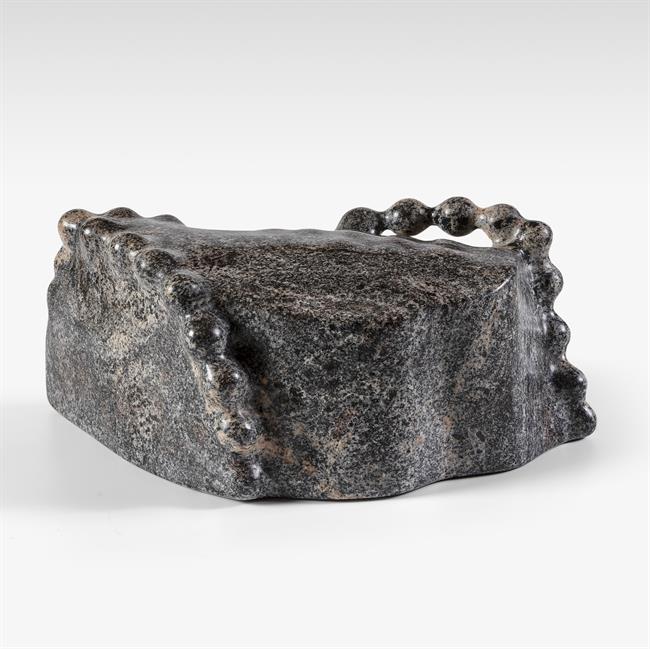 Stone for Meditation
2005
Stone for Meditation
2005
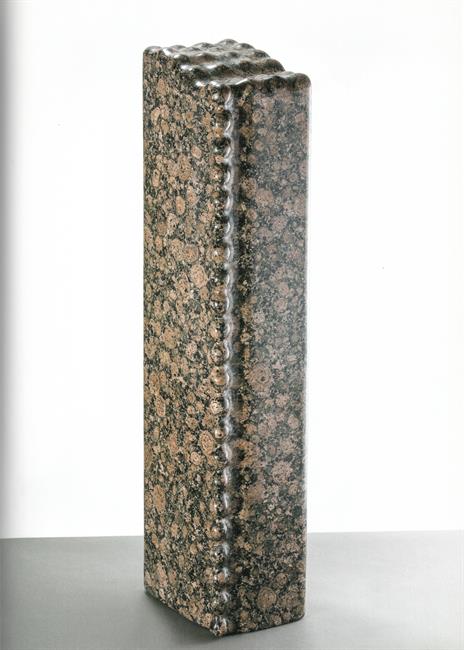 Stone for Meditation
2009/10
Stone for Meditation
2009/10
 Stone for Meditation
1996
Stone for Meditation
1996
 Stone for Meditation
2023
Stone for Meditation
2023
 Stone for Meditation
2023
Stone for Meditation
2023
 Stone for Meditation
2023
Stone for Meditation
2023
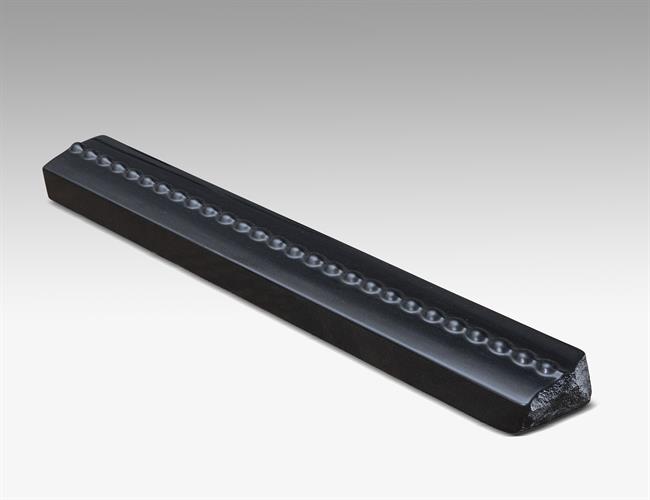 Stone for Meditation
2010
Stone for Meditation
2010
 Stone for Meditation
1982
Stone for Meditation
1982
 Stone for Meditation
1973-1974
Stone for Meditation
1973-1974
 Stone for Meditation
2005
Stone for Meditation
2005
 Stone for Meditation
2006
Stone for Meditation
2006
 Stone for Meditation
2006
Stone for Meditation
2006
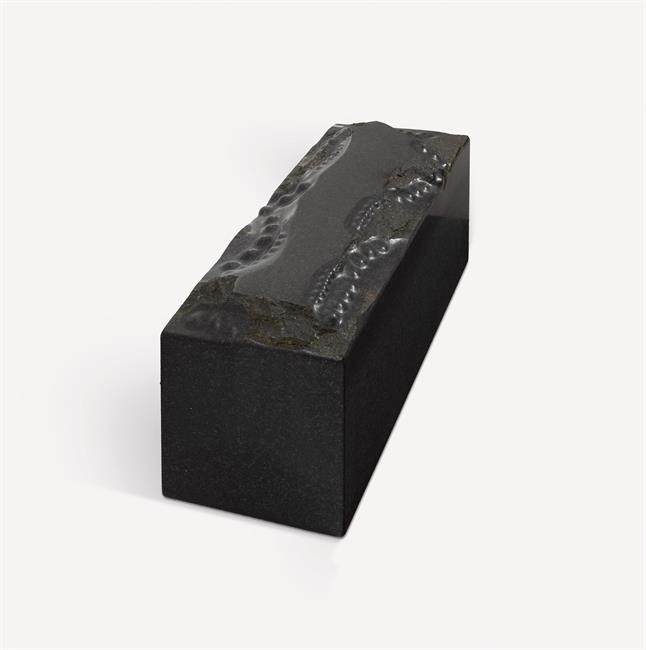 Stone for Meditation
2002
Stone for Meditation
2002
 Stone for Meditation
2007
Stone for Meditation
2007
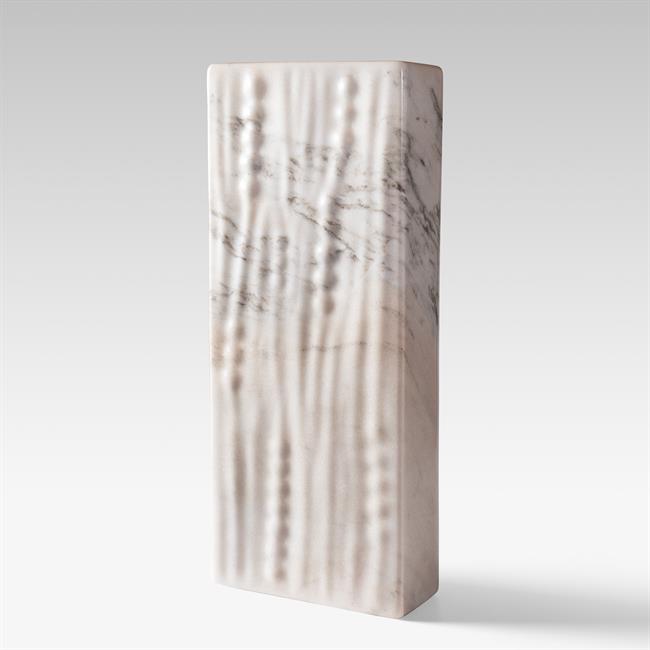 Stone for Meditation
2008
Stone for Meditation
2008
 Series of Towers
2008
Series of Towers
2008
 Stone for Meditation
2002
Stone for Meditation
2002
 Stone for Meditation
1999
Stone for Meditation
1999